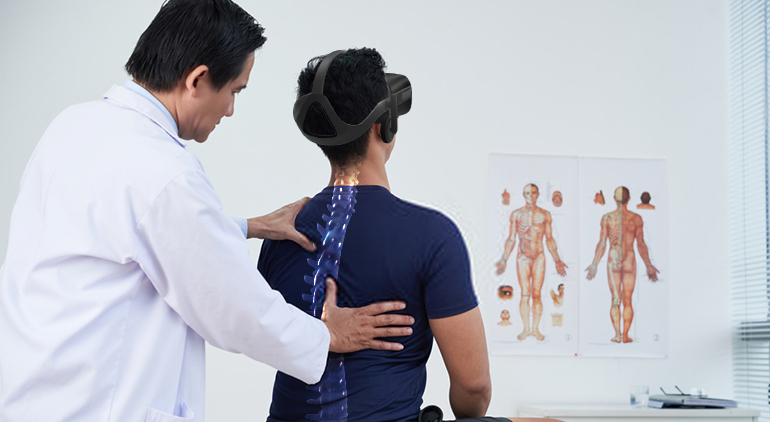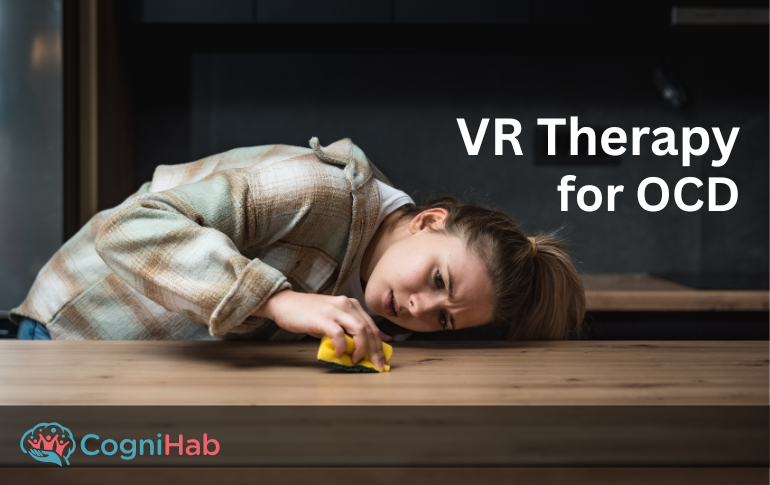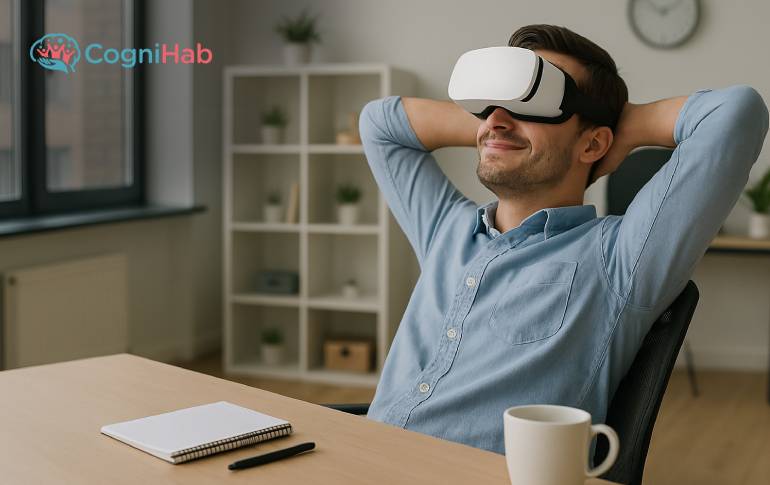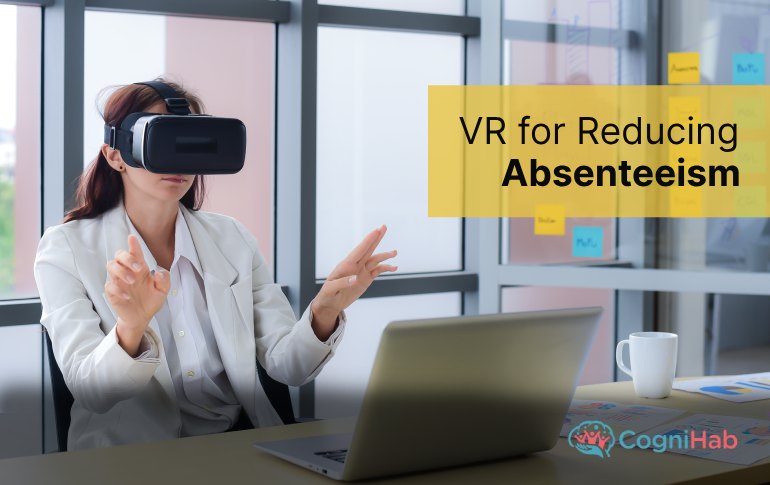Rehabilitation after Spinal Cord Injury: Effectiveness of Virtual Reality
The technological advancements in the field of physical rehabilitation are one of the most important factors in helping the patients having spinal cord injury move on with their normal lives and regain their normal, healthier body functions.
One of the technological front runners in providing rehabilitation after spinal cord injury is virtual reality spinal cord injury.
Efficacy of VR rehabilitation after spinal cord injury
After a spinal cord injury, the neurons or the messages sent from the brain do not reach the designated body part due to the injury in the spinal cord.
As the major way of transportation of neurons i.e. the spinal cord, gets affected, the brain has to figure out other ways where these neurons would travel.
This is called Neuroplasticity. Our best chance to improve Neuroplasticity and directly improve body movements is by doing physical therapy and lots of it.
A patient performs a bunch of exercises designed to improve motor functions and does them for an allotted period of time with the physical therapist. The physical therapist asks the patient to do those exercises at home as well for better efficiency but the patients generally lack motivation and the zeal to do them at their home, this is where Virtual reality comes into the picture.
Virtual reality designs fun, engaging, and immersive experiences, it may be a virtual tour of a museum, or a shooting game, or an activity. Due to these applications, a person feels motivated to perform the physical therapy exercises at home too, and with lots of repetitions.
Inside VR, the person completely feels as if he is part of the experience. It also comes with an option to change the levels of the activity from easy to hard.
VR based Journeys for Anxiety Reduction & Mental Strength
Spinal cord injury-affected individuals are at an increased risk of having depression and anxiety because of the lack of involvement of their body parts in their daily activities.
Virtual reality through its experiences and journeys helps in anxiety reduction by taking them to a computer-generated virtual place which makes them feel calm and relaxed.
A person is known to have a 300% increase in his happiness quotient and a 66% decrease in his anxiety levels, after going through a VR journey.
1. Personalisation
In a VR world, doctors can constantly monitor and present certain objects around the patients in a way they feel would be right for their patients.
For example, a patient in a wheelchair can be demonstrated the experience of a shopping mall or a busy street. The doctors may place various objects in their way, so as to make them adapt to the situation.
The doctors can monitor the patient’s progress through a monitor screen and can provide feedback to their patients in real-time. This helps the patient progress in the real world on his own and gain independence.
2. Time and Cost Saving
Even though virtual reality is in its early stages of medical and VR Spinal Cord Injury Rehabilitation practices, it has been observed in a research that the patients who underwent VR-based spinal cord rehabilitation showed signs of improvement at a faster rate when compared to the patients who underwent normal physical therapy.
What physical therapy could achieve in 1 month, VR-based therapy exercises achieved in 1 week. Also, physical therapy requires a 1 on 1 interaction with the physical therapist, also requires you to drive to the clinic/rehab centers whereas you can perform exercises in VR at the comfort of your home. Therefore, This saves money and becomes a cost-effective VR healthcare solutions too.
3. Enhanced Motivation Due To Gamified Tasks
Virtual reality for spinal stroke cord injury games helps patients perform better in tasks like throwing, catching, etc. In these games, the patient may be on cricket ground throwing a ball towards the other team player.
He/she can throw the ball with various styles, various speeds, and at various angles. This improves the patients’ muscle strength and also helps in maintaining the correct balance.
Another example is of catching the baseball. The ball could be coming at the patient from any direction, at different speeds and the patient has to catch the ball. This helps the patient with his upper body mobility.
4. 24/7 support
Since rehabilitation is a long process, the availability of an effective tool by the patient’s side at every point in time becomes important.
VR is a handy tool which due to its portability may be with the patient at all times like early in the morning or late at night.
It comes with added benefits like the comfort of the patient is acknowledged, it is an anytime-anywhere solution of physical therapy, also the patient can perform exercises and store his/her results which can be monitored by the doctor remotely as well.
5. Fearlessness
In Virtual reality rehabilitation, the patient performs the exercises in a safe and controlled environment so the patient does not feel scared to do the exercise.
For example, when a person is affected due to a spinal cord injury, he is always fearful while performing exercises as he might end up hurting himself. The exercise can be as simple as picking up a glass of water or trying to learn to cross the road.
The patient is always fearful of the damage that can occur because of these exercises. But since the environment is already controlled and is made under the guidance of experts in the industry, the patient can get rid of his fearfulness and perform & practice the tasks with confidence in the VR world.
6. Correctness
There are some cases, especially in rural India, where either the patients don’t correctly perform the exercises or the physiotherapists are not trained enough. Both these situations can lead to harmful effects on the affected body part.
But in VR spinal cord rehabilitation modules, the exercise and the activities are all based on the standards set by the medical authorities & the patients are constantly monitored for the correctness and given real-time feedback if he/she goes wrong.







